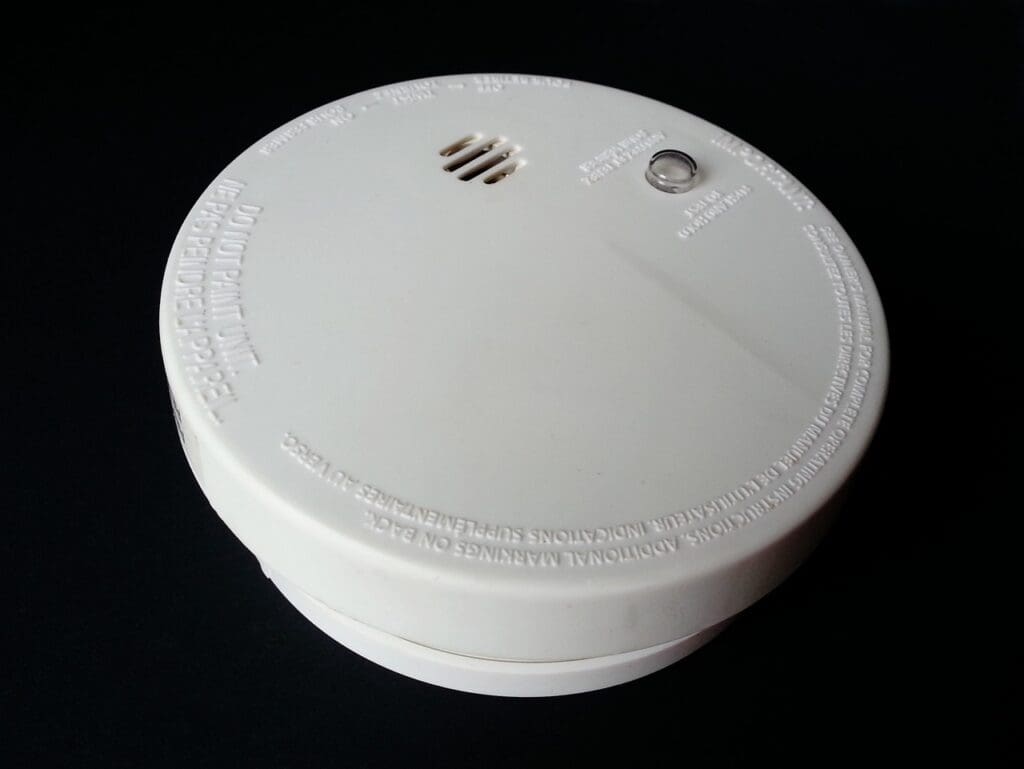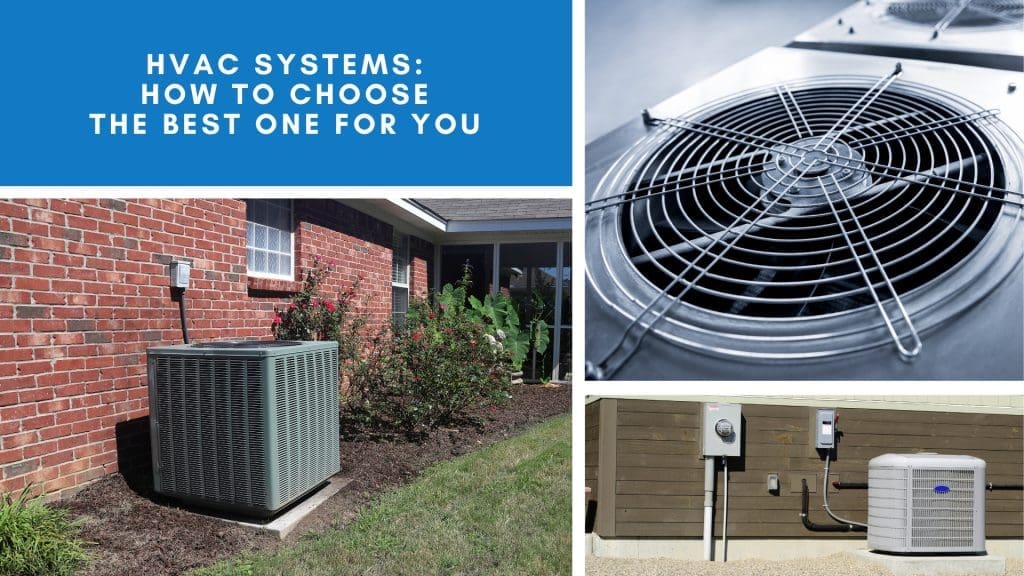Duct smoke sensors, also known as duct smoke detectors, are devices installed within the ductwork of HVAC systems. Their primary function is to detect smoke particles in the air moving through these ducts. By identifying smoke early, these sensors can trigger alarms, activate smoke control systems, and prevent the spread of smoke and fire. This early detection capability is crucial in minimizing damage and ensuring the safety of building occupants.
Functionality and Placement
The installation of these sensors is strategically positioned in ductwork to maximize their effectiveness. They are typically placed in areas where air is drawn into the building from outside, as well as in return air ducts where smoke is likely to be present if a fire occurs. This strategic placement ensures that any smoke present in the air is quickly detected and addressed before it becomes a significant threat.

Why Are Duct Smoke Sensors Important?
The primary reason for installing duct smoke sensors is safety. Smoke detectors in HVAC systems can detect fires or smoke at an early stage, giving building occupants time to evacuate and allowing first responders to address the issue promptly. They also play a vital role in preventing the spread of smoke, which can cause additional damage and pose significant health risks to occupants. In many cases, the presence of smoke and toxic fumes can be more dangerous than the fire itself, making early detection essential.

Regulatory Compliance and Peace of Mind
Moreover, duct smoke sensors ensure compliance with local fire safety regulations, which often mandate their installation in commercial buildings. Compliance with these standards not only fulfills legal requirements but also demonstrates a commitment to safety. For homeowners and business owners alike, having duct smoke sensors in place provides peace of mind, knowing that an essential safety measure is actively working to protect their environment.
How Do Duct Smoke Sensors Work?
Duct smoke sensors operate by continuously sampling the air within the ductwork for smoke particles. When smoke is detected, the sensor sends a signal to the fire alarm control panel, triggering various safety measures. These measures may include shutting down the HVAC system, activating smoke control systems, and alerting building occupants and emergency services.
Components of a Duct Smoke Sensor
- Sampling Tubes: These are installed in the ductwork and draw in air samples to the sensor for analysis. The design of these tubes ensures that air from the entire cross-section of the duct is sampled, providing accurate detection.
- Sensing Chamber: This is where the smoke particles are detected. It often uses either photoelectric or ionization technology. Photoelectric sensors use a light source and a sensor to detect smoke, while ionization sensors use a small amount of radioactive material to ionize the air.
- Control Panel: Once smoke is detected, the sensor sends a signal to the control panel, which initiates the alarm and other safety protocols. This panel acts as the central hub for processing signals from all smoke detectors within the building.
Types of Duct Smoke Sensors
There are primarily two types of duct smoke sensors:
- Photoelectric Sensors: These detect smoke using a light beam. When smoke particles scatter the light beam, the sensor triggers an alarm. They are particularly effective at detecting smoldering fires, which produce a lot of smoke but less heat.
- Ionization Sensors: These detect smoke by using a small amount of radioactive material to ionize the air. When smoke particles disrupt this ionization, the sensor triggers an alarm. Ionization sensors are generally more responsive to flaming fires, which produce less smoke but more heat.
Installation and Wiring
Installing a duct smoke sensor requires careful planning and adherence to local fire codes and standards. Proper installation ensures that the sensor can effectively detect smoke and prevent its spread. Positioning, wiring, and integration with existing fire alarm systems are all critical factors that influence the sensor’s performance.
Wiring Diagram
When wiring a duct smoke sensor, it’s essential to follow the manufacturer’s instructions and local electrical codes. A typical wiring diagram for a system sensor duct smoke detector involves connecting the sensor to the fire alarm control panel and power supply. Ensuring that the wiring is correct and secure is vital for the system’s reliability. It’s crucial to ensure all connections are secure and that the system is tested after installation to confirm its functionality.
Professional Installation
For those unfamiliar with electrical systems, hiring a professional for installation is advisable. Professionals have the expertise to ensure that the sensors are installed correctly and meet all necessary safety standards. This not only guarantees system effectiveness but also enhances safety for the building’s occupants.
Maintenance and Testing
Regular maintenance and testing of duct smoke sensors are critical to ensure their proper functioning. Neglecting maintenance can lead to sensor failure, compromising the safety of the building. Routine checks and cleaning are necessary to keep the sensors in optimal working condition.

Steps for Maintenance
- Visual Inspection: Regularly check the sensor for any signs of damage or obstruction. Identifying potential issues early can prevent sensor failure during an emergency.
- Cleaning: Dust and debris can accumulate on the sensor, affecting its performance. Clean it according to the manufacturer’s instructions. Regular cleaning ensures that the sensor remains sensitive to smoke particles.
- Testing: Conduct regular tests to ensure the sensor is functioning correctly. This can involve using smoke test aerosol sprays to simulate a smoke condition. Testing verifies that the sensor can detect smoke and trigger the appropriate alarms and safety measures.
Scheduled Maintenance
Implementing a scheduled maintenance plan can help ensure that all sensors are checked and tested at regular intervals. This proactive approach minimizes the risk of malfunction and enhances the overall safety of the building’s fire detection system.
Benefits of Modern Smoke Detectors
Modern smoke detectors, including duct smoke sensors, come with advanced features that enhance their reliability and effectiveness. These advancements address many of the limitations of older smoke detection systems, providing more comprehensive protection.
Smart Technology
Many modern smoke detectors integrate with smart home systems, allowing for remote monitoring and alerts. This feature ensures that you are informed of any smoke detection, even when you are away from the building. Integration with mobile devices enables real-time notifications, allowing for quick responses to potential threats.
Enhanced Sensitivity
Advancements in sensor technology have led to more sensitive and accurate smoke detection, reducing the likelihood of false alarms and improving response times. Enhanced sensitivity ensures that even small amounts of smoke are detected, providing early warning and allowing for timely evacuation and response.
Conclusion
Duct smoke sensors are indispensable components of HVAC systems, crucial for ensuring the safety of any building they are installed in. By understanding their function, proper installation, and maintenance, you can significantly enhance the safety and security of your environment. Investing in reliable smoke detection technology is a proactive measure that can save lives and protect property.
Whether you are a small business owner, a work-from-home professional, or a stay-at-home parent, knowing about duct smoke sensors can give you peace of mind. Understanding the role these sensors play in fire safety empowers you to make informed decisions about your building’s protection. And remember, when in doubt, it’s always wise to consult a professional to ensure your system is properly maintained and up to code.
At LC Heating and Air Conditioning, we are here to help you with all your HVAC needs. If you have any questions or require assistance with your duct smoke sensors, feel free to reach out to us. Your safety and satisfaction are our top priorities. Our team of experts is dedicated to providing you with the highest level of service and support, ensuring your HVAC systems are safe and efficient.


